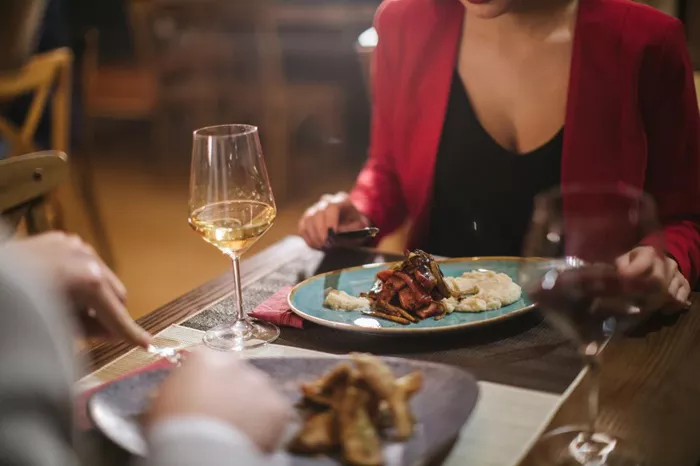Bordeaux winemakers are intensifying efforts to increase local wine consumption as the region faces a decline in exports, reduced international demand, and a rising preference for beer, especially among younger French consumers. A recent report by The Times highlights these challenges, prompting the city of Bordeaux to introduce a new campaign aimed at rejuvenating the region’s wine culture.
The campaign, called Bordeaux se met au verre (“Bordeaux by the glass”), encourages bars and restaurants to offer a broader selection of wines by the glass. Approximately 100 establishments in Bordeaux are expected to participate, each receiving a €250 promotional kit. In exchange, venues must offer at least three wines by the glass, including one organic variety and one priced at €5 or less.
Pierre Hurmic, the Green mayor of Bordeaux, emphasized that the initiative aims to refresh the image of Bordeaux’s wines. “We want to make Bordeaux wines more accessible to locals and the four million tourists who visit each year,” Hurmic said. “The goal is to showcase the diversity of Bordeaux wines—reds, whites, rosés, and sparkling crémants—while adapting to the changing consumption habits of younger generations, who may prefer a glass rather than a bottle and may not realize that Bordeaux produces fresh, easy-to-drink wines.”
The push comes as Bordeaux’s traditional, oaky reds fall out of favor, with many consumers gravitating towards lighter, fruit-driven wines, such as Pinot Noirs from Burgundy. Meanwhile, overproduction has forced some growers to pull up their vines.
Changing Consumption Habits and Pricing Issues
Christophe Chateau of the Conseil Interprofessionnel du Vin de Bordeaux (CIVB) highlighted that wine consumption patterns are shifting. “Sales of wine by the bottle in restaurants have dropped as people drink less and more often order glasses, especially in couples where one prefers red and the other white,” Chateau explained. “While Bordeaux wines are still prevalent on restaurant wine lists, they are often not available by the glass.”
To support this shift, the Bordeaux Wine School will train restaurant owners and staff on how to properly store and serve wine by the glass. Additionally, wine-on-tap is being explored to reduce waste and maintain quality.
“Wine faces a challenge competing with beer on price due to higher production costs, but we believe our rosés and whites can attract younger consumers, particularly women,” Chateau added.
As part of the initiative, Bordeaux restaurateurs are encouraged to reconsider their pricing strategies, particularly in terms of offering more affordable wine-by-the-glass options. Wine magazine Terre des Vins reported that French restaurants typically charge three times the retail price for a bottle of wine but up to six times for a glass.
Consumer feedback also reveals frustration with serving sizes. The standard French glass measure of 120ml is often seen as too small compared to the 175ml glass served in the UK.
However, some restaurateurs have raised concerns about the financial viability of reducing prices, particularly as remote work and fewer business lunches impact sales.
A Model for Export?
Despite the obstacles, Mayor Hurmic remains optimistic about the potential of the initiative. “This project could be exported,” he said, suggesting that the model could be implemented in other cities, including those in the UK, once it proves successful in Bordeaux.
As the campaign gains traction, Bordeaux hopes to not only revive local wine culture but also set a precedent for other regions facing similar challenges in the global wine market.
You Might Be Interested In:


